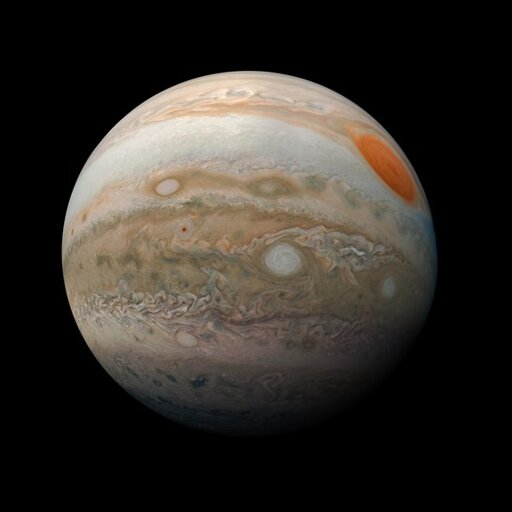I guess it still doesn’t meet the necessary mass for being a failed star?
Considering it would have to be an order of magnitude larger just to fuse deuterium? No. The smallest brown dwarfs are 13x Jupiter’s mass. And this article describes only a change in Jupiter’s size, not its mass.
The article doesn’t say it (it actually doesn’t explain anything very well), but the implication to me seems to be that Jupiter was much hotter in the past, shrinking (and becoming less magnetically active) as it cooled?
I imagine this has implications for aging gas giants. What will Jupiter be like in a billion years?
Older?
Thanks for the explanation. So it has to be 13x of its mass to be considered as a failed star. This astonishes me, we are so insignificantly small. Hmm, can we assume it just got dense in time then?
Gas giants get denser with time. They’re, by definition, mostly made of gas. And gas significantly expands or contracts based on temperature. I’m sure a terrestrial planet like Earth shrinks slightly as it’s cooled from its founding, but nothing compared to a gas giant. Jupiter was much hotter earlier on. So as it cooled, it became less puffed up.
I see. Its core temperature is closer to a planet than a brown dwarf I guess. Though I have found this. Well, space is amazing.
I, too, feel like half the planet I used to be





